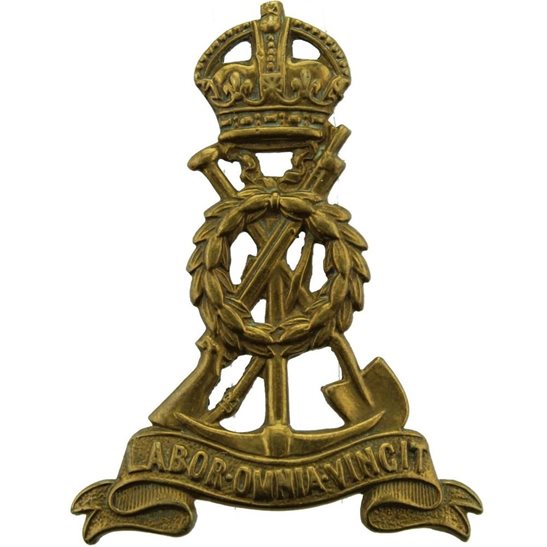Personal Details
Born: In 1892.
Family: He was the third of seven children born to Joseph Basford, a bricklayer, and his wife Mary (nee Fowles). His siblings were Eliza, George, Joseph, Mary, Sarah Ann and Harry. Frank married Lily Evans in Ellesmere, Shropshire in 1919 and together they had one son Frank B born in 1931.
Residence: On the 1901 Census his address was given as 3 Churton`s Yard, Whitchurch, Shropshire. By 1911 his family had moved to 3 Groom`s Yard. His mother was now a widow. On the Absent Voters List for Spring 1919 his address was said to be 3 Thomas`s Yard, Whitchurch. In 1939 Frank was living at 1 Watergate, Ellesmere, Shropshire.
Employment: On the 1911 Census Frank is described as an errand boy. By 1939 his occupation is gravel digger.
Died: In 1981, aged 88.
Military Details
Regiment: Labour Corps. (previously King’s Shropshire Light Infantry)
Rank: Private
Service Number: 415235 (previously 22027)
Date of Enlistment: Not known
Date of Discharge: Not known
Reason for Discharge: Not known
Other Information: Frank was in hospital for 13 days being treated for “ Bligharitis Eye.” Could this be Blepharitis Eye? He was discharged on 4 September 1917.
Frank was awarded the Campaign Medals (British War Medal, and Victory Medal).

The British War Medal (also known as 'Squeak') was a silver or bronze medal awarded to officers and men of the British and Imperial Forces who either entered a theatre of war or entered service overseas between 5th August 1914 and 11th November 1918 inclusive. This was later extended to services in Russia, Siberia and some other areas in 1919 and 1920. Approximately 6.5 million British War Medals were issued. Approximately 6.4 million of these were the silver versions of this medal. Around 110,000 of a bronze version were issued mainly to Chinese, Maltese and Indian Labour Corps. The front (obv or obverse) of the medal depicts the head of George V. The recipient's service number, rank, name and unit was impressed on the rim.
The Allied Victory Medal (also known as 'Wilfred') was issued by each of the allies. It was decided that each of the allies should each issue their own bronze victory medal with a similar design, similar equivalent wording and identical ribbon. The British medal was designed by W. McMillan. The front depicts a winged classical figure representing victory. Approximately 5.7 million victory medals were issued. Interestingly, eligibility for this medal was more restrictive and not everyone who received the British War Medal ('Squeak') also received the Victory Medal ('Wilfred'). However, in general, all recipients of 'Wilfred' also received 'Squeak' and all recipients of The 1914 Star or The 1914/1915 Star (also known as 'Pip') also received both 'Squeak' and 'Wilfred'. The recipient's service number, rank, name and unit was impressed on the rim.

